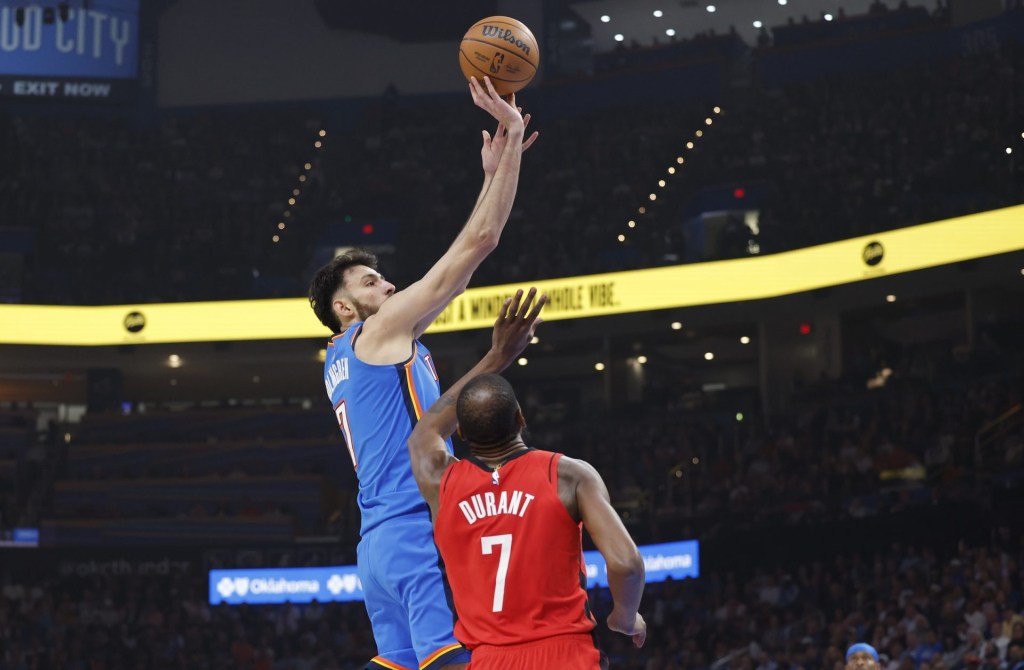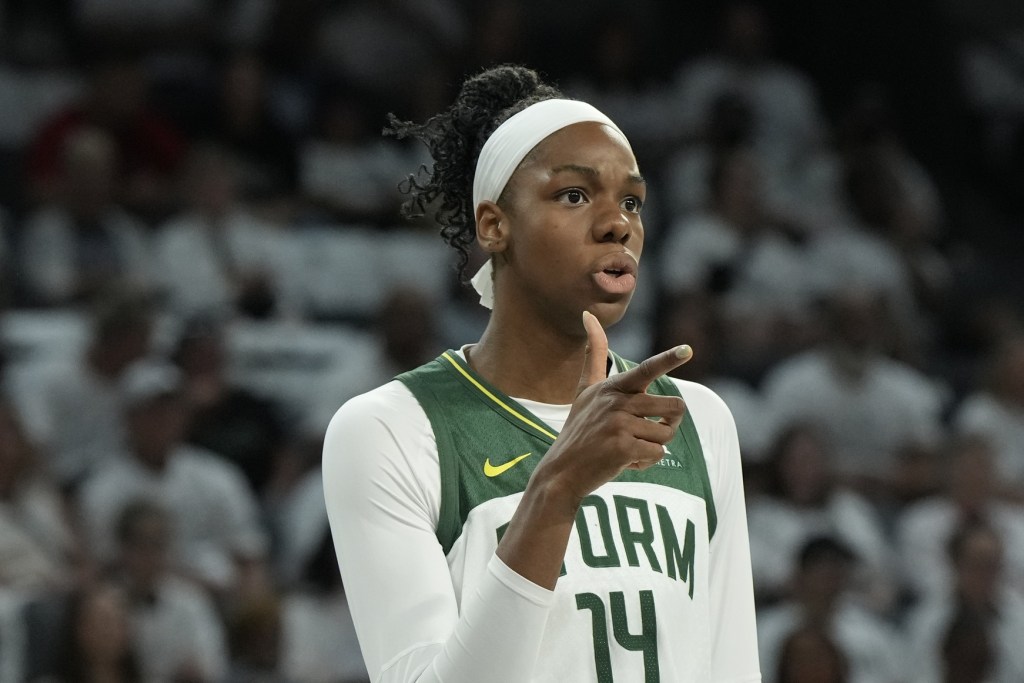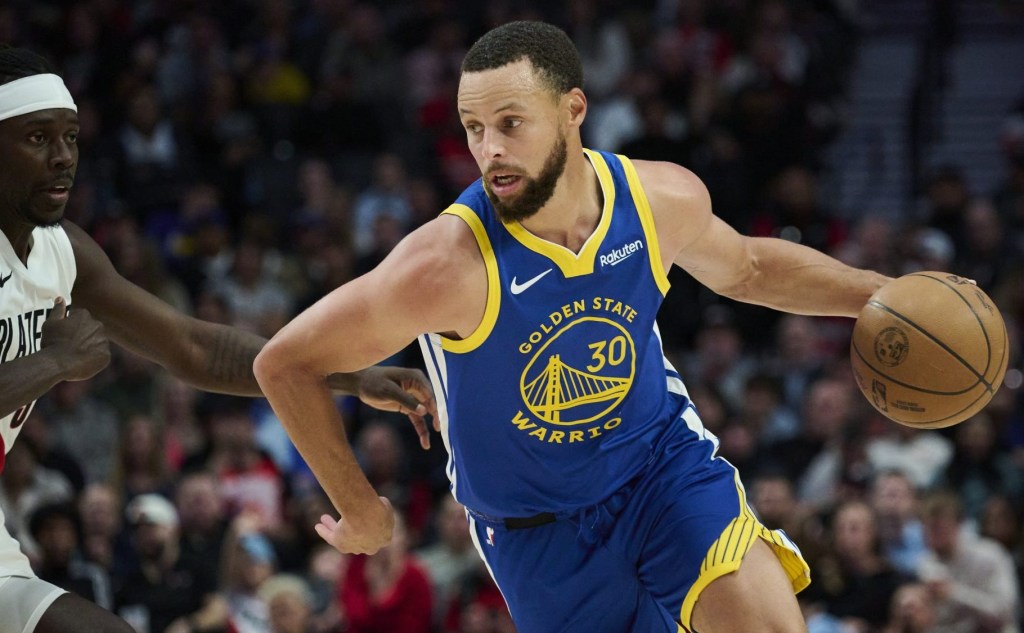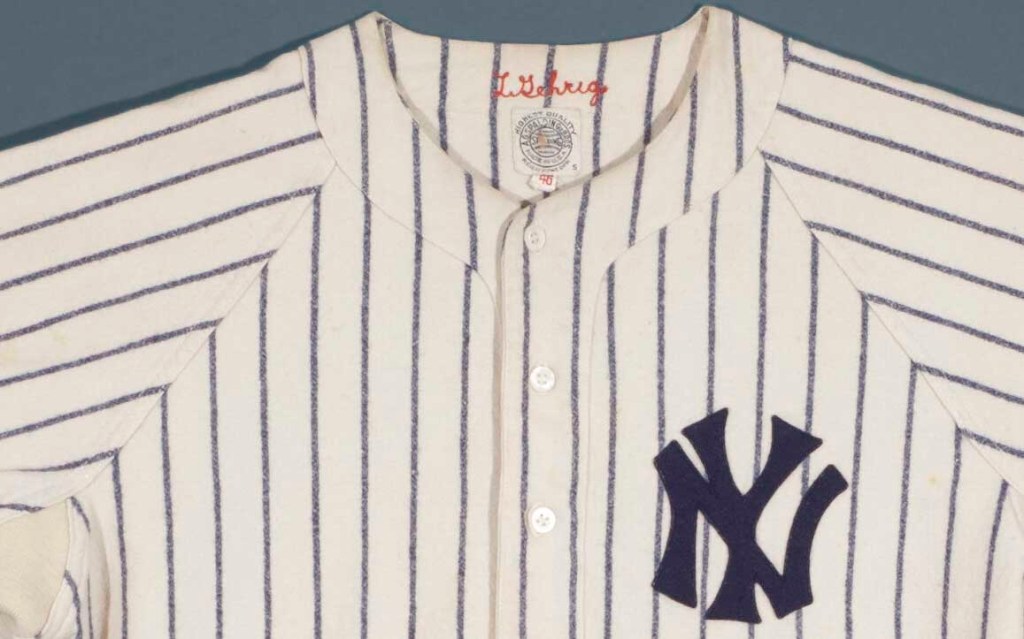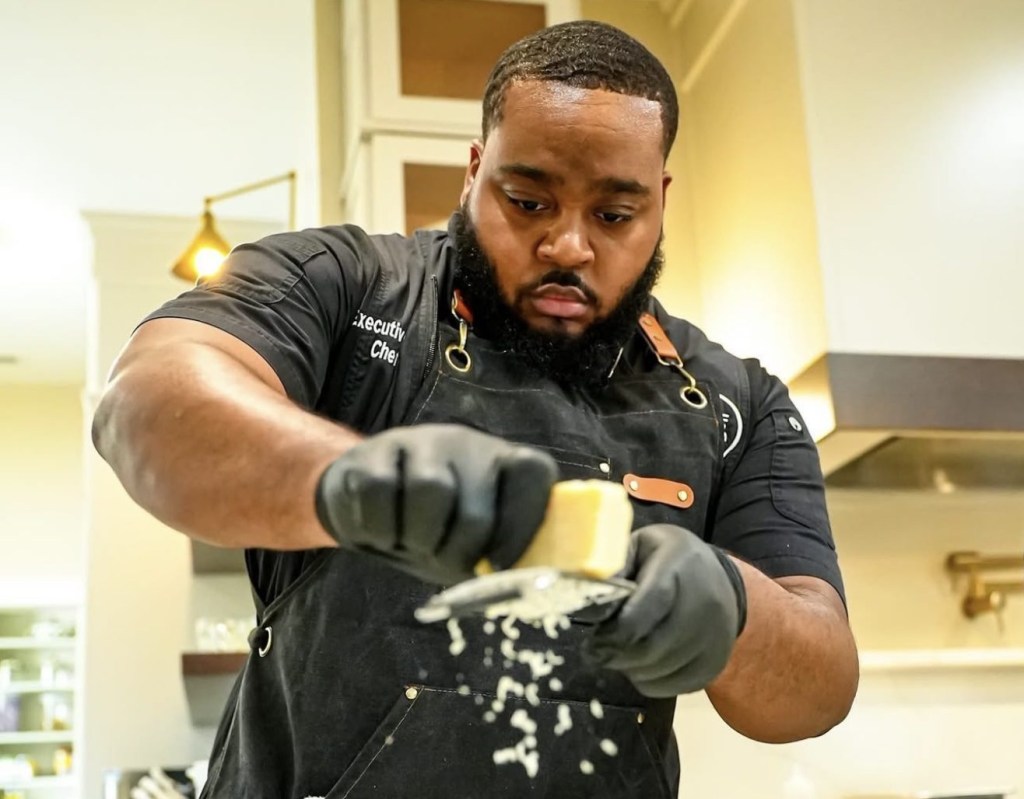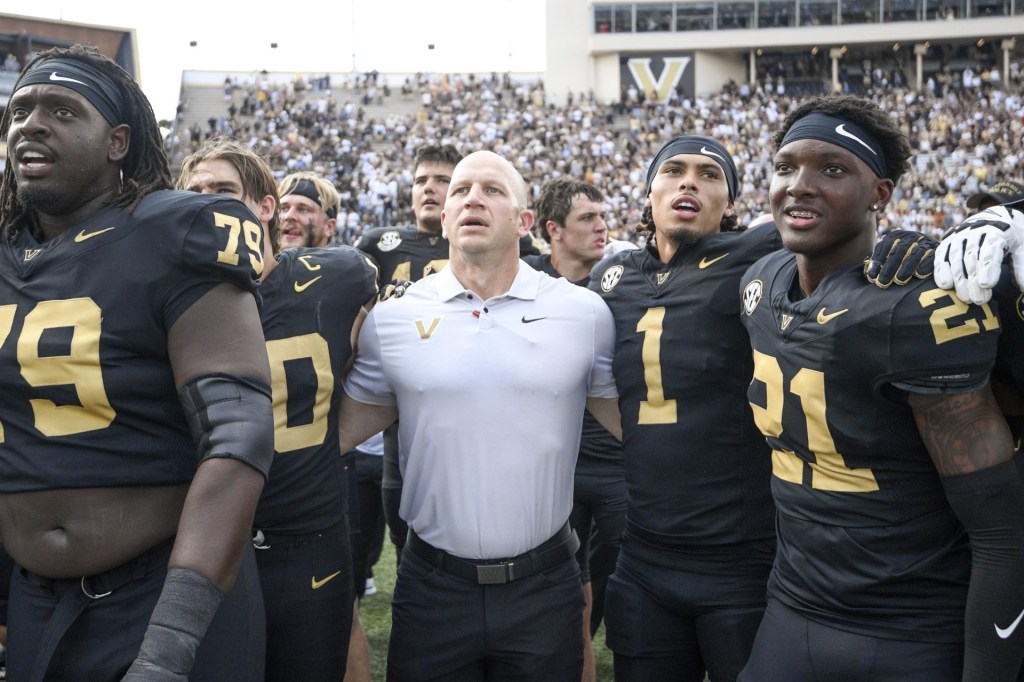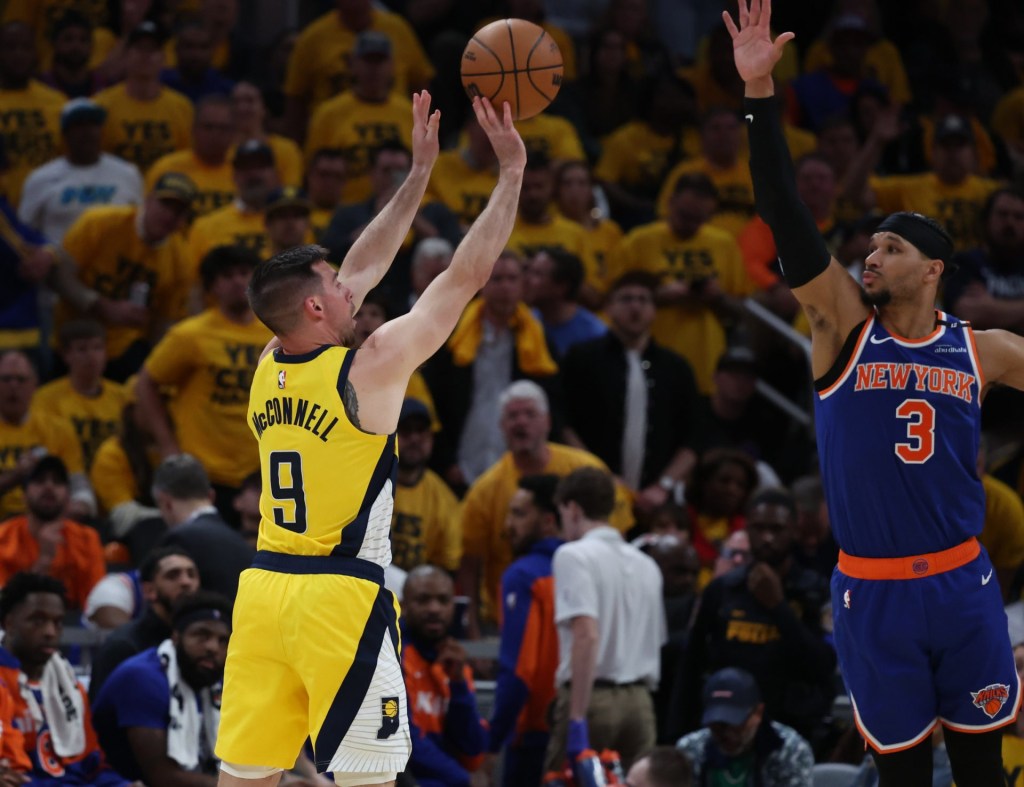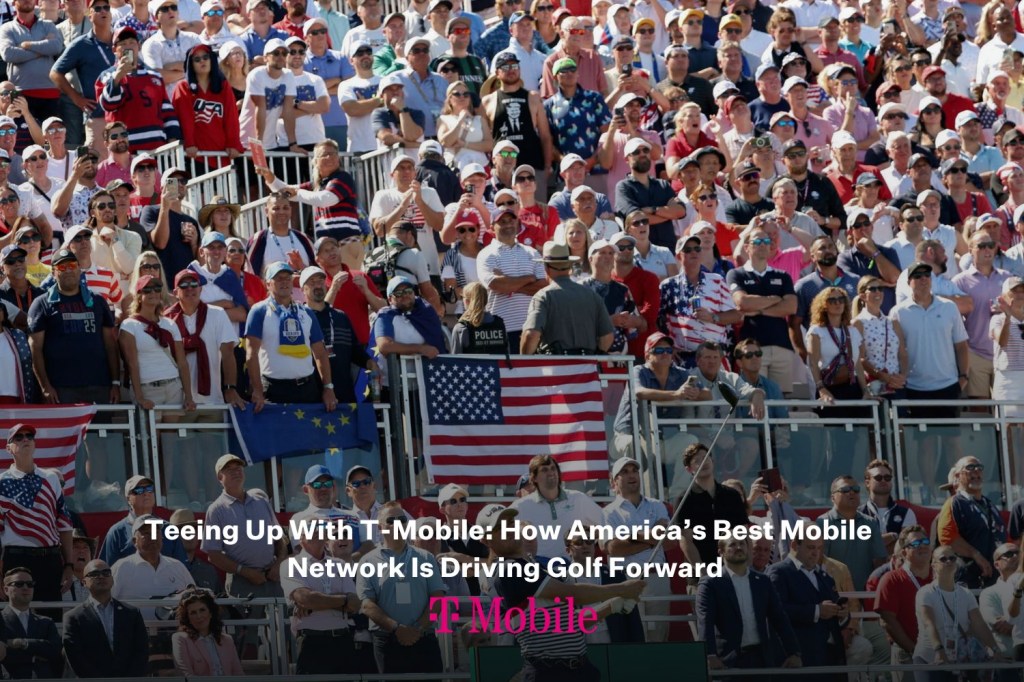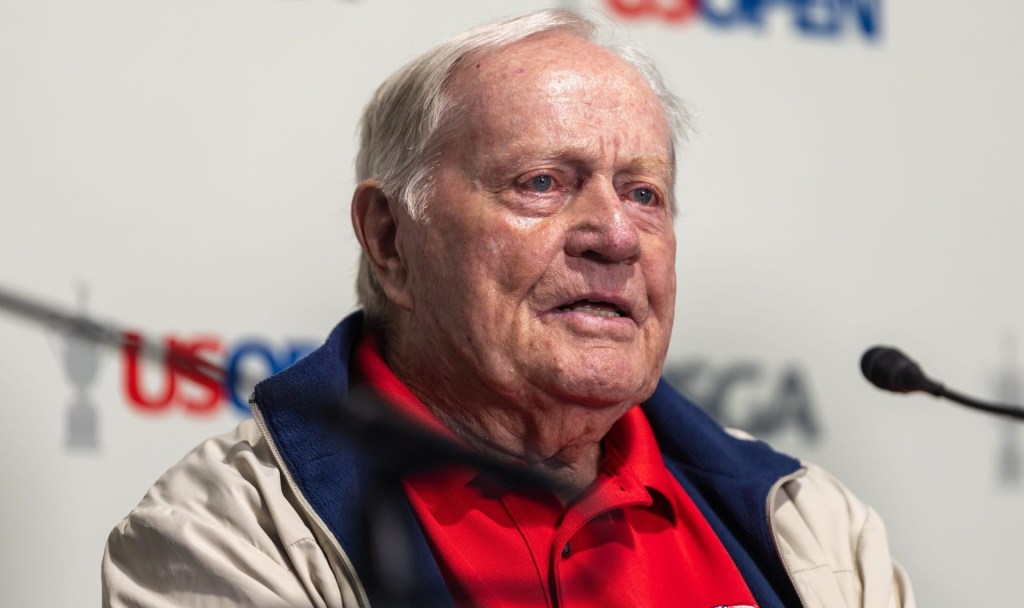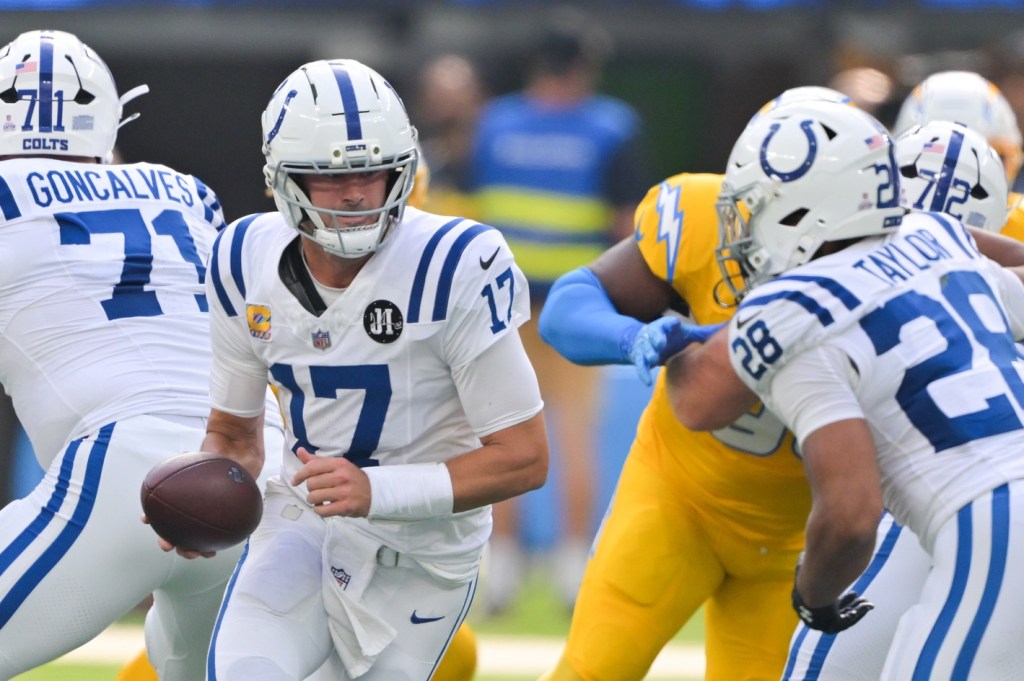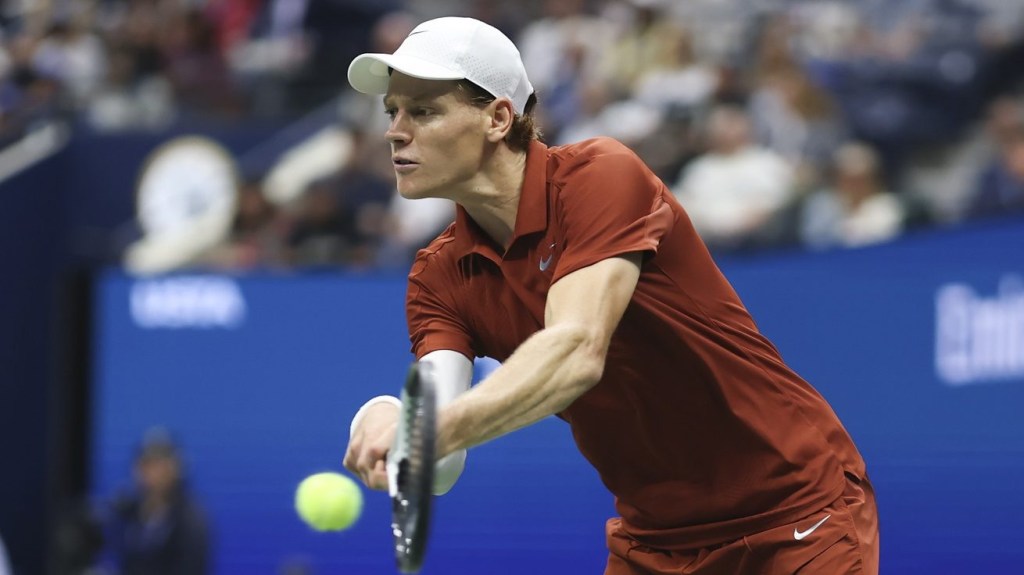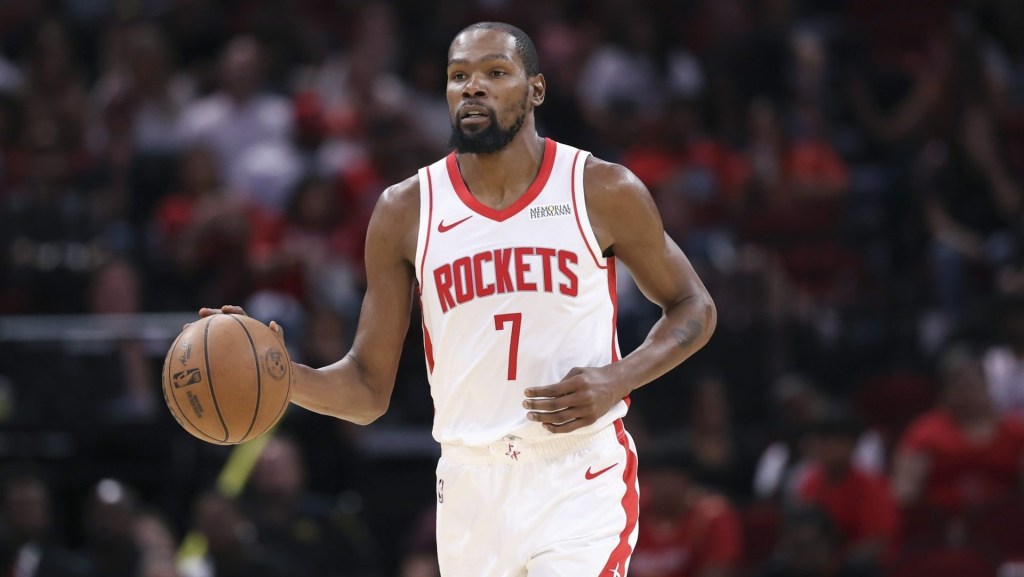NBA free agency hasn’t officially begun, but several players have already agreed to new deals with their current teams. Two of the biggest contracts announced over the weekend were for Naz Reid (five years, $125 million) and Jabari Smith Jr. (five years, $122 million).
The nine-figure deals showcase the steep rise of the NBA’s salary cap over the past decade, as deals that were considered max contracts in 2015 are now the salaries of rotation players.
Ten years ago, Anthony Davis, like Smith, signed a rookie-scale extension worth a similar number: five years, $127 million. Reid, 25, and Smith, 22, are both strong contributors on contending teams, but neither is considered a star like Davis, who had already made two All-Star appearances and received MVP votes by the 2015 offseason.
A rookie-scale max amounts to a quarter of a team’s salary cap. However, the salary cap for the 2025–26 season is $154.6 million and has more than doubled since the 2015 offseason. It’s up 65% from the 2016–17 season, the infamous cap spike year, which is when Davis’s contract hit the books.

New Strategy
The NBA’s CBA and apron structure have caused teams to pivot their roster construction strategy, and the deals for Reid and Smith are another sign of the times.
A five-year contract is a lengthy commitment for a non-All-Star, but the deals may turn into bargains in the back end. According to Spotrac, Reid’s deal will be worth about $28.4 million by the 2029–30 season. For perspective, NBA insider Marc Stein reported the Suns are expected to offer Devin Booker a two-year, $150 million max extension—$75 million per year on a deal that will run at the same time as the final two years of Reid’s contract.
Given the NBA’s new 11-year, $77 billion media deal will kick in next season, the NBA’s salary cap should continue to rise by 10% (the maximum allowed by the CBA) consistently as it has for three of the last four seasons.

